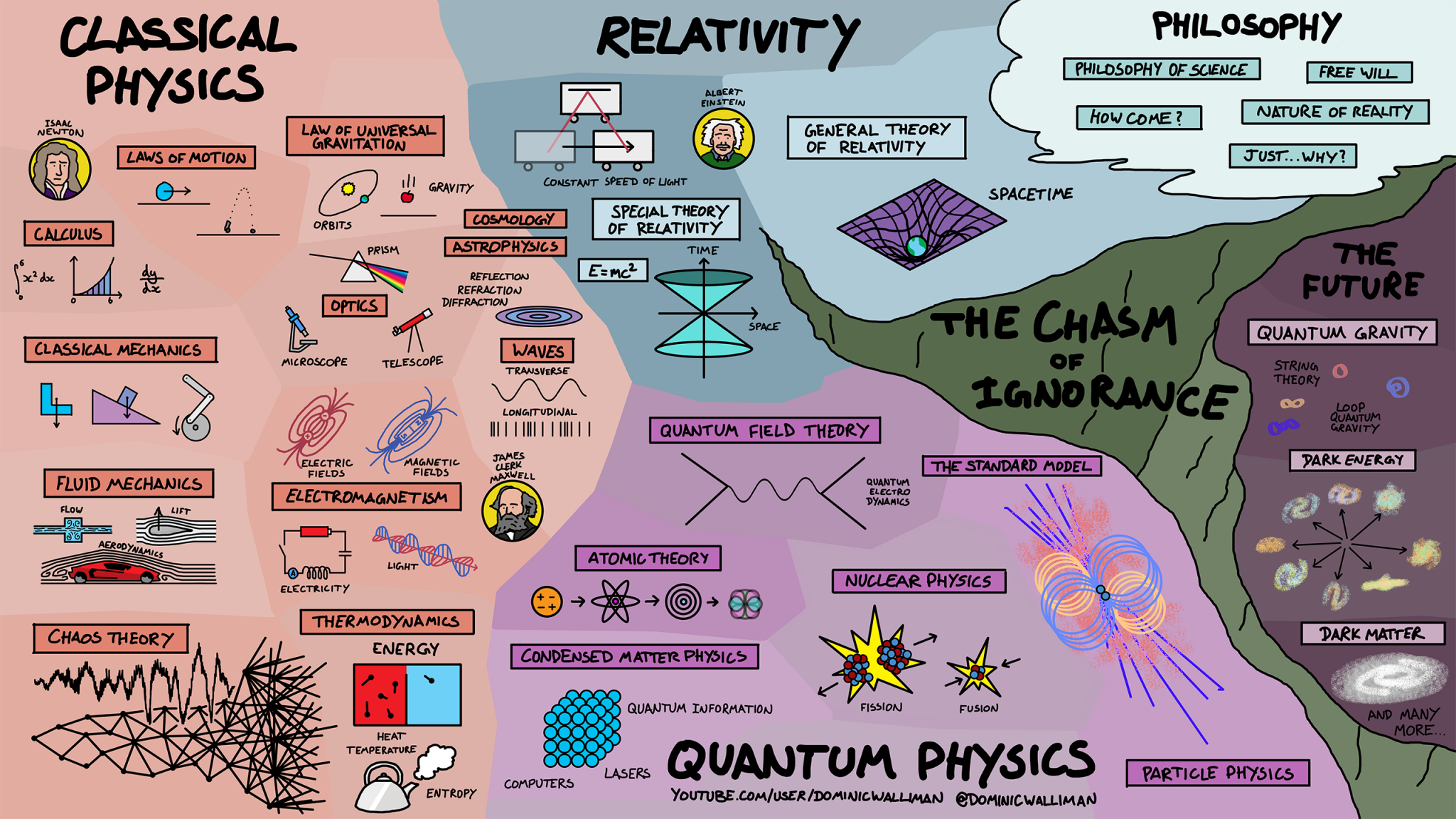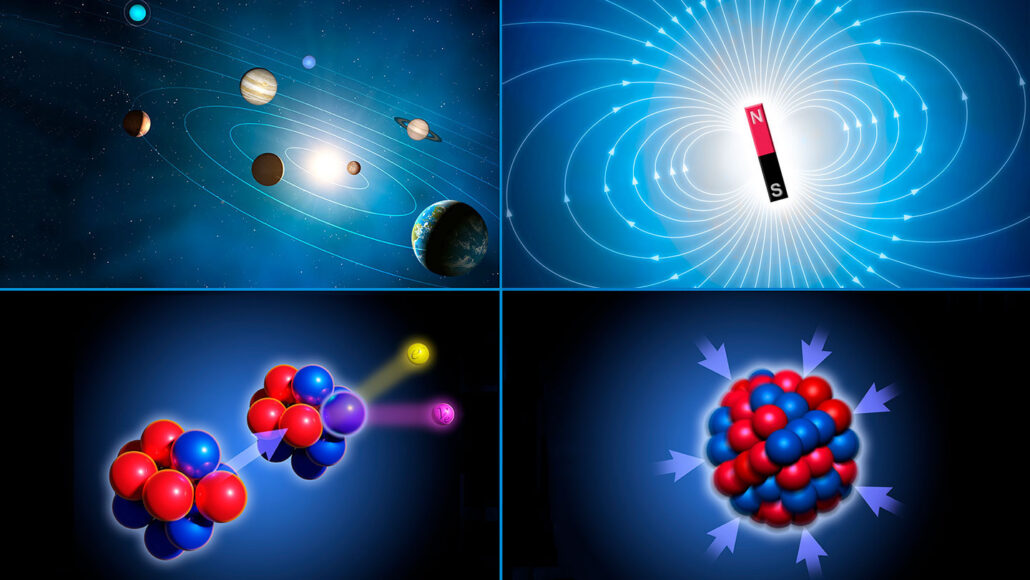CBSE Class 11 Physics Chapter 1 Revision Notes
Chapter 1: Physical World Revision Notes
- Science: Science is a methodical and systematic attempt to learn about the world around us through observations, experiments, and verifications.
- The Scientific Methodology: The scientific method entails a number of interconnected steps. The following are some of the most important steps:
- Observations in a systematic manner
- Reasoning
- Mathematical simulation
- Prediction based on theory
- Physics: Physics is a fundamental science that aims to comprehend natural phenomena that occur in our universe.
- It is divided into several branches, including mechanics, electromagnetism, thermodynamics, and modern physics.
- Between 1600 and 1900, three broad areas of physics emerged, collectively known as Classical Physics. Classical mechanics, thermodynamics, and electromagnetism are the three areas of study.
- However, by 1905, it was clear that classical theories were unable to explain a number of phenomena. Then, in what is known as Modern Physics, new theories such as Special Relativity and Quantum Mechanics were developed.
- Physics’ Scope and Excitement: Physics has a very broad scope, covering a wide range of physical quantities such as length, mass, time, energy, and so on.
- It covers both the macroscopic and microscopic worlds, such as galaxies and the universe, as well as fundamental particles such as electrons, protons, and neutrons.
- Physics is a fascinating subject because it uses a set of rules to explain every naturally occurring phenomenon, allowing for a clear understanding. The challenge of devising new experiments to unlock nature’s secrets and verify or refute theories is extremely exciting.
- Relationships between Physics and Other Sciences: Physics is a vital branch of science that aids in the comprehension of developments in other fields such as chemistry and biology.
(i) The relationship between physics and mathematics.
- Differentiation, integration, and differential equations were all born out of the study of physical variables. Physics is a meaningful interpretation of mathematics.
(ii) The relationship between physics and chemistry.
- The concept of X-ray diffraction and radioactivity has aided in the differentiation of solids and the modification of the periodic table.
- The concept of interactions between various particles makes it simple to understand the bonding and chemical structure of substances.
(iii) The relationship between physics and astronomy.
- Reflecting and refracting optical telescopes allowed man to explore the universe. Radio telescopes, for example, have revolutionized astronomy research.
(iv) The relationship between physics and biology.
- The conceptual study of pressure and its measurement has aided us in understanding blood pressure and, as a result, heart function. The development of diagnosis was aided by the invention of X-rays. The use of electron and optical microscopic designs has revolutionized medical science research.
(v) The relationship between physics and meteorology.
- The discoveries made in the study of pressure variations aid in weather forecasting.
The Relationship of Physics to Technology and Society
- New technologies have resulted from advances in physics, and vice versa. At times, technology creates new physics dimensions, and at other times, physics creates new technology.
- Technological advancement is inextricably linked to the application of science, particularly physics.
- Physics has a significant impact on society. It has aided in the development of human ideas. The development of digital communication systems, rapid mass transportation systems, and lasers that allow for bloodless surgery, among other things, has made human life easier and more enjoyable.
- The diverse phenomena of the microscopic and macroscopic world are governed by four fundamental forces in nature.
- The ‘gravitational force,’ the ‘electromagnetic force,’ the’strong nuclear force,’ and the ‘weak nuclear force’ are all examples of these forces.
- In physics, the unification of forces is a fundamental goal. The electromagnetic and weak nuclear forces have now been merged into a single ‘electro-weak’ force. Unification of the electro-weak and strong forces is being attempted.
- The fundamental laws of physics are energy conservation, momentum, angular momentum, charge, and so on.
- Conservation laws are intimately linked to natural symmetry. Modern theories of fundamental forces in nature rely heavily on symmetries of space and time, as well as other types of symmetries.


